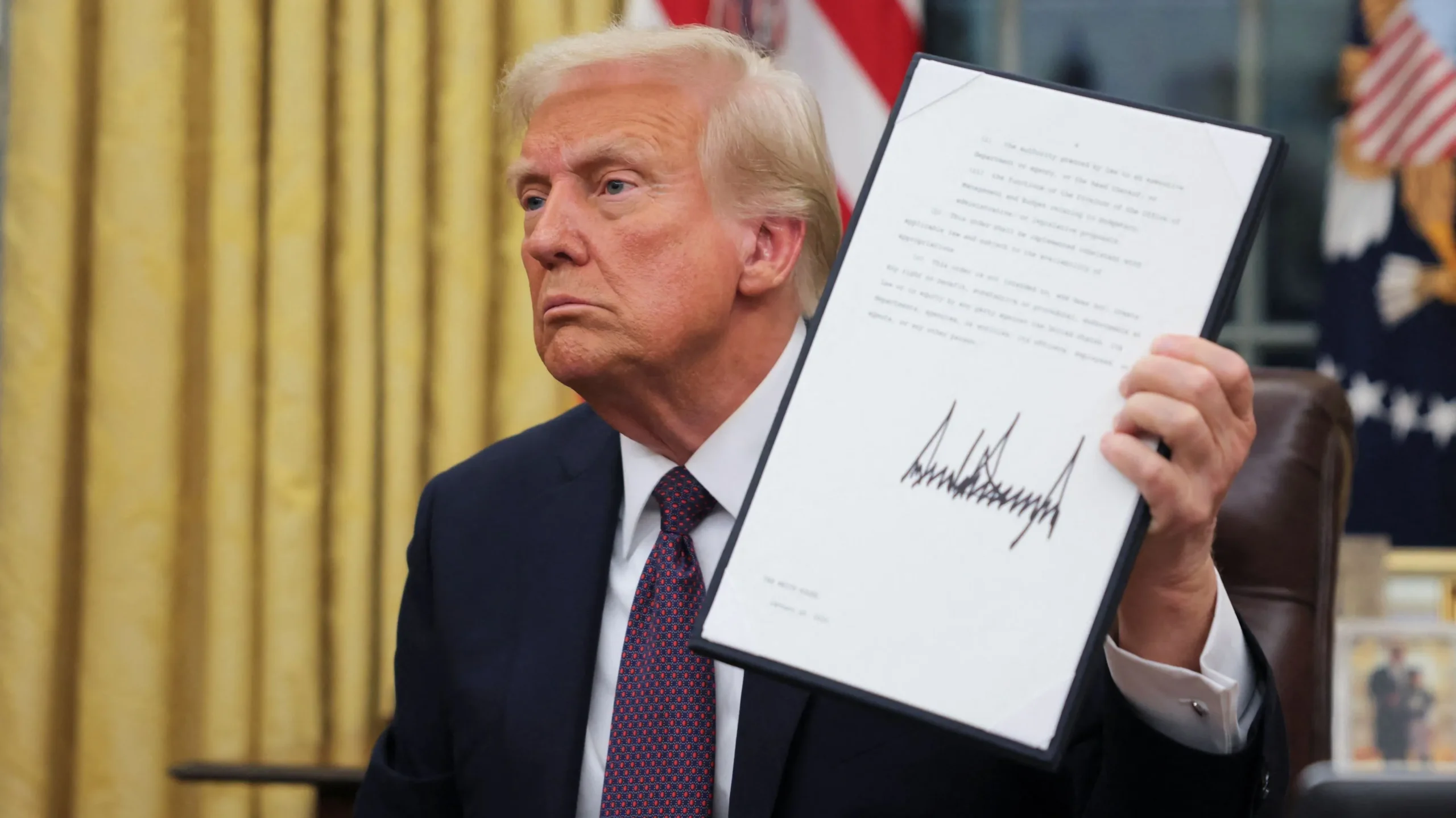Trump’s Executive Orders: A Bold New Direction for America
In a sweeping display of presidential power, Donald Trump has initiated a comprehensive series of executive orders that promise to reshape the American political landscape. These bold actions signal a dramatic shift in national policy, particularly focusing on immigration, border security, and national priorities.
The magnitude of Trump’s executive order strategy is unprecedented in modern political history. During his first term, the former president signed a total of 221 executive orders, demonstrating a willingness to bypass traditional legislative channels to implement his agenda rapidly and decisively.
Key areas of focus for these executive actions include:
- Border security
- Immigration reform
- National emergency declarations
- Economic recovery strategies
- Public health interventions
Trump’s approach to executive orders reflects a broader trend of expanding presidential authority. “We’re taking decisive action to protect American citizens,” Trump stated in a recent press conference, emphasizing the urgency of his policy initiatives.
The border remains a critical focal point of these executive orders. The president has declared a national emergency at the southern border, enabling military assistance in border security efforts and continuing construction of the controversial border wall. This move aims to address what Trump describes as an “invasion” of unauthorized immigrants.
One of the most significant actions includes the reinstatement of the “Remain in Mexico” policy. This controversial directive requires asylum seekers to wait in Mexico while their claims are processed, effectively limiting immediate entry into the United States.
Critics argue that these executive orders potentially undermine democratic processes. Legal experts suggest that many of these actions could face immediate judicial challenges, particularly those addressing citizenship and asylum regulations.
The proposed executive actions also include dramatic immigration enforcement measures:
- Suspension of refugee resettlement
- Enhanced vetting processes
- Potential end to automatic citizenship for children born to non-legal residents
- Establishment of federal Homeland Security Task Forces
Supporters of Trump’s approach argue that these orders are necessary to address urgent national security concerns. “We must prioritize the safety and economic interests of American citizens,” said one administration spokesperson.
The long-term implications of these executive orders could significantly shape U.S. policy for years to come. By circumventing traditional legislative processes, Trump is setting a precedent that may influence future presidential administrations’ approaches to policy implementation.
Homeland security and law enforcement will see substantial changes under these directives. The administration plans to collaborate more closely with state and local agencies to address what they characterize as critical national security threats.
Economic recovery and public health interventions are also key components of these executive actions. By streamlining regulatory processes and redirecting resources, Trump aims to create what he describes as a more efficient and responsive government mechanism.
The comprehensive nature of these executive orders demonstrates a strategic approach to implementing a specific political vision. Whether viewed as bold leadership or controversial overreach, these actions undeniably represent a significant moment in contemporary American political history.
As these executive orders move forward, legal experts, politicians, and citizens alike will be closely monitoring their implementation and potential challenges. The coming months will be crucial in determining the ultimate impact and sustainability of these sweeping policy changes.
Conclusion:
Trump’s executive orders represent a bold and controversial approach to governance, prioritizing swift action over traditional legislative processes. While supporters praise the decisiveness, critics remain concerned about potential constitutional and humanitarian implications.
Disclaimer: This article represents a journalistic overview and does not endorse any specific political perspective.






Leave a Comment